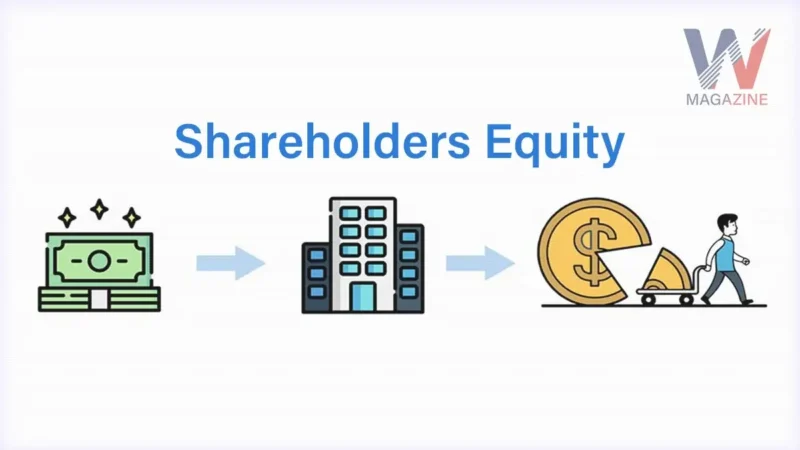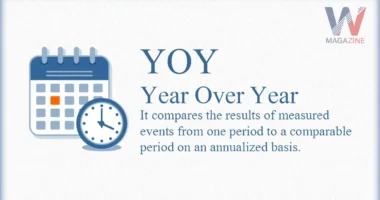Table of Contents
- What is the statement of stockholders’ equity?
- What is the stockholders’ equity?
- The Components of stockholders’ equity
- Who utilizes a stockholder equity statement?
- Why should you utilize a statement of shareholder equity?
- What does a statement of stockholder equity include?
- How can you make a statement of shareholder equity?
What is the statement of stockholders’ equity?
The statement of stockholders’ equity, also known as the statement of shareholders’ equity or the statement of owner’s equity, provides shareholders, investors, or the company’s owner with an overview of the business’s performance, net of all assets and liabilities. It is a part of the balance sheet, along with the income statement and the cash flow statement.
This statement shows the difference between total assets and total liabilities and is typically prepared monthly, quarterly, or annually. It is an important financial document for small businesses, as it gives insights into how the business is faring.
Stockholders’ equity can increase through capital contributions by the business owner or investors, or if the business’s profits improve by selling more products or reducing costs.
Small business owners sometimes overlook the statement of stockholders’ equity because they focus only on incoming and outgoing money. However, it is crucial for evaluating the business’s performance, its value, and potential investments.
According to Craig M. Steinhoff, a certified public accountant and member of the American Institute of CPAs’ Consumer Financial Education Advocates, this section is often overlooked, but it is important for understanding the business’s financial health.
While the statement of stockholders’ equity may seem complex compared to the income statement, it essentially shows what your business has earned and retained.
Steinhoff suggests that business owners should educate themselves about the statement of stockholders’ equity through online research, speaking with an advisor, or finding a mentor, as it is crucial for understanding the financial health of the business.
What is the stockholders’ equity?
When you subtract a company’s liabilities from its assets, what you have left is the equity. In companies with stock shares, this equity belongs to the stockholders. The statement of equity is a section of the balance sheet or ledger that precisely calculates and explains the stockholders’ (or shareholders’) equity.
The Components of stockholders’ equity
Stockholders’ equity comprises several components, each with its own significance:
- Share capital: This is the cash a company raises by issuing stock. During an initial public offering (IPO), a specific amount of stock is sold at a set price. The money paid directly to the company for these shares constitutes the share capital.
- Retained earnings: After shareholders are paid dividends, retained earnings represent the money remaining in the business. With dividend stocks, shareholders receive a portion of the company’s profits. Retained earnings indicate how much money the company has after these payments.
- Net income: Net income compares profits to expenses and deductions. It is the money left after subtracting expenses and deductions from the total profit. Essentially, it is the profit remaining after accounting for operational costs.
- Dividends: Dividends are payments made to shareholders. Shareholders own a portion of the business and are entitled to a percentage of its profits. Dividends are the amount paid per share of stock, which may not necessarily be equal to the profit. Companies typically allocate a portion of their profits for dividend payments, as outlined in the stock agreement.
Who utilizes a stockholder equity statement?
The statement of stockholders’ equity is utilized by companies of all sizes and types, ranging from small businesses with few employees to large, publicly traded corporations. In non-public companies, this statement is often synonymous with owner’s equity.
Meredith Stoddard, life events experience lead at Fidelity Investments, emphasizes the importance of having a statement of stockholders’ equity for any business beyond a sole proprietorship. This document clarifies the distribution of assets and liabilities and specifies ownership stakes within the company.
Why should you utilize a statement of shareholder equity?
A statement of shareholder equity is crucial for small business owners to assess their business’s performance over time, providing insights in both prosperous and challenging periods. Craig M. Steinhoff highlights three key reasons why this statement is a valuable tool for business health evaluation:
- Financial decision-making: It helps in understanding the business’s worth after expenses, aiding in decisions such as borrowing for expansion, cost-cutting measures, or evaluating potential profits from a sale. Additionally, it can attract outside investors who seek insight into the business’s financial standing.
- Performance evaluation: The statement of shareholder equity reflects how well the business is managed. A decline in stockholder equity between accounting periods can indicate operational inefficiencies or poor management decisions.
- Financial resilience: During financial difficulties, this statement reveals if the business generated enough revenue to sustain operations. It also assesses the business’s equity to navigate downturns, such as the impact of the COVID-19 pandemic. It helps determine the viability of borrowing from banks, the potential for selling the business, and the attractiveness for investors to inject capital.
What does a statement of stockholder equity include?
The statement of stockholders’ equity can include various elements, depending on the business size and operations:
- Preferred stock: This represents ownership in the company and usually comes with priority in dividend payments and asset distribution over common stock.
- Common stock: Also representing ownership, common stock ranks lower than preferred stock in terms of dividends and asset distribution. However, common stockholders typically have voting rights.
- Treasury stock: These are shares repurchased by the company, often to prevent takeovers or increase stock value. This is more common in publicly traded companies.
- Retained earnings: This is the portion of net profits not paid out to shareholders or the owner. It is used for reinvestment in the business, such as purchasing equipment, research, or debt repayment.
- Contributed capital: Also known as additional paid-up capital, this is the amount investors pay for shares over the par value of the business. It increases when new shares are issued and decreases when shares are bought back.
- Unrealized gains & losses: These are changes in the value of investments that have not yet been realized through a sale. Unrealized gains are increases in value, while unrealized losses are decreases.
How can you make a statement of shareholder equity?
To create a statement of shareholder equity, follow these steps:
- Section One: Equity: Begin by listing the equity of the business at the start of the accounting period.
- Section Two: New Equity Infusions: Include any new investments made by shareholders or owners during the year. Also, add the net income to this section.
- Section Three: Subtractions: Subtract all dividends paid out to investors and any net losses incurred during the period.
- Section Four: Equity Balance: Calculate the ending equity balance for the period being tracked.
Ensure the statement includes the company name, title of the statement, and the accounting period for clarity.
You can create a physical shareholder equity statement for the balance sheet using tools like Excel, templates, or accounting software to automate the process.
Discover more about finance industry and other trending topics on Wordle Magazine.









